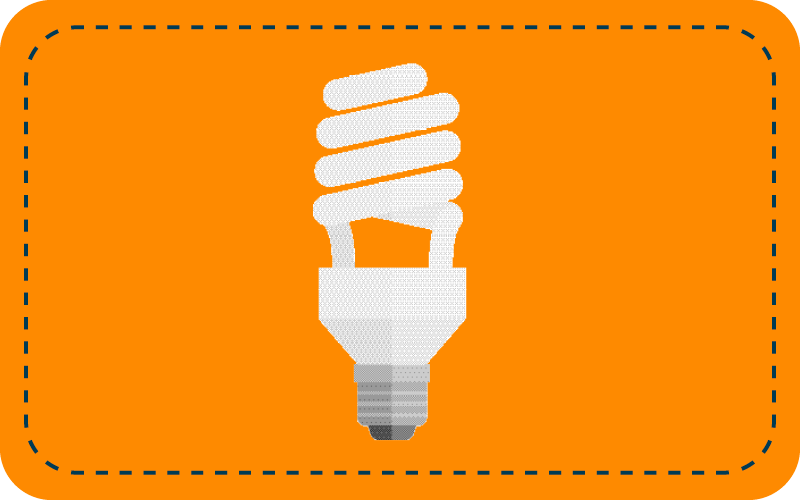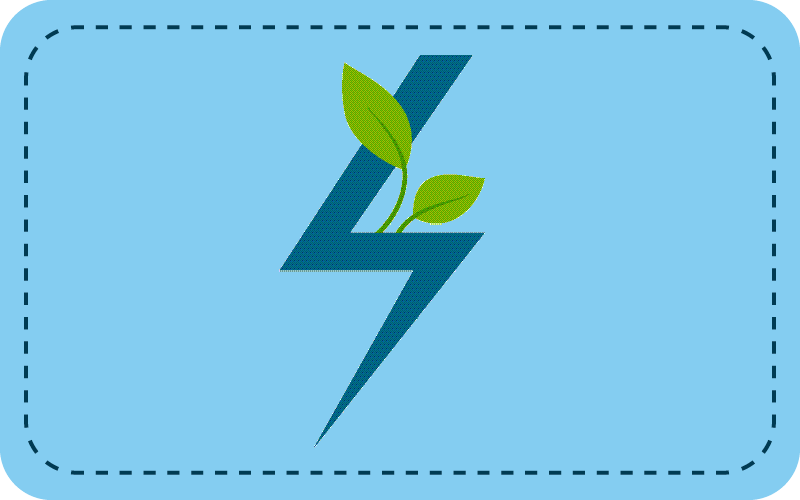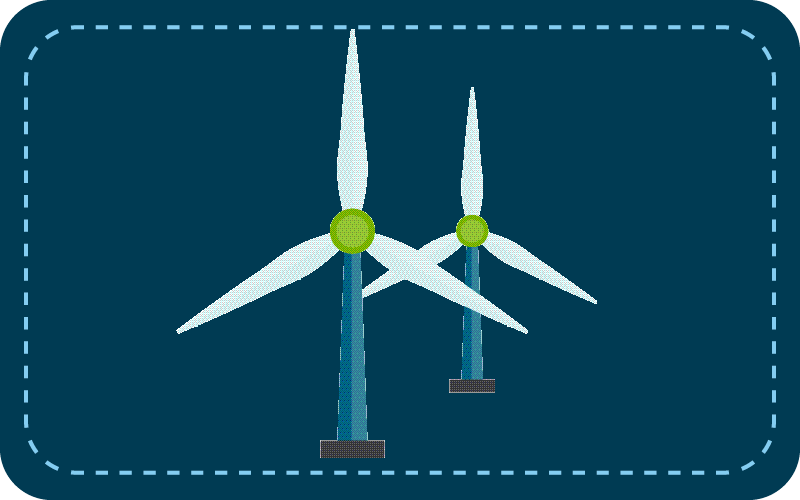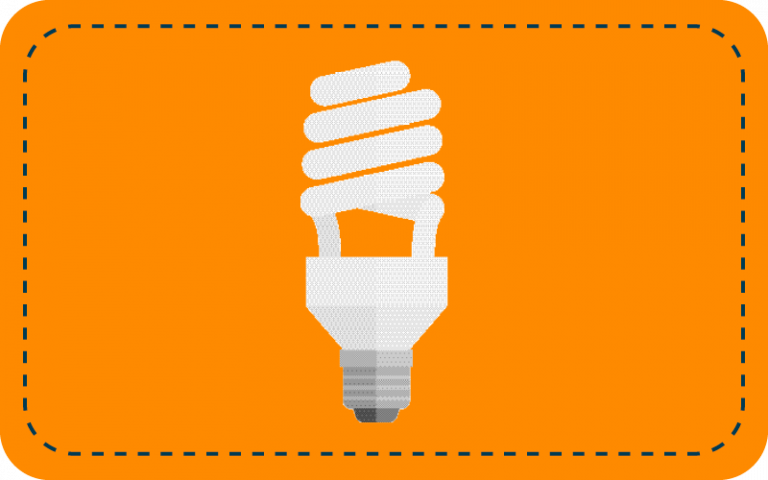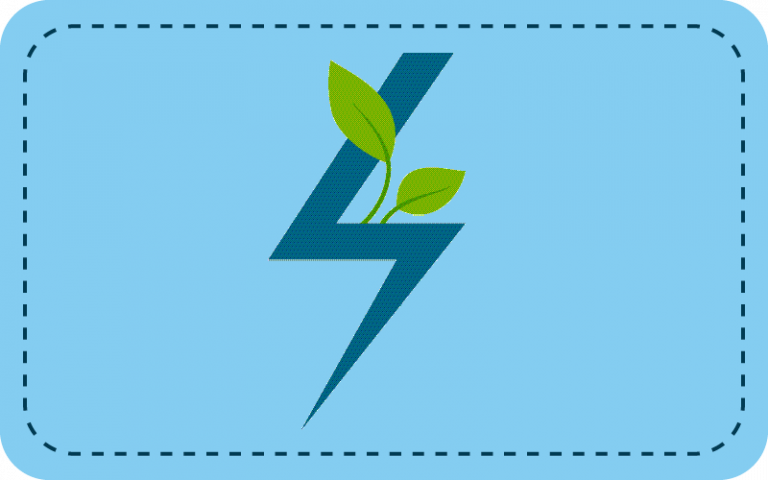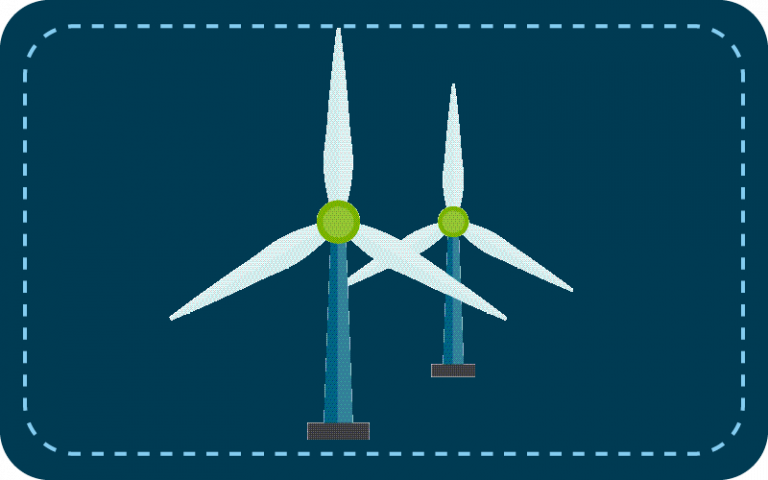Introduction
SME’s (Small and medium sized enterprises) tend to have much lower energy requirements, meaning that they are less likely to search the energy market for different contracts, and usually don’t consume enough electricity to warrant a bulk discount.
Small businesses tend to save the more money as they are usually enrolled in a contract suited to a larger business. For a small business, switching to a different supplier, can generate savings up to £1,000 a year on their energy bills.
On the other hand, larger businesses usually come with greater electricity needs. Meaning that, it’s important they find an energy tariff that is priced reasonably allowing them to avoid wasting large amounts of money. Larger businesses will often be able to negotiate a bulk consumption discount allowing them to obtain better rates.
How AskTED works
AskTED works by using business details that you provide such as postcode, business size and average energy consumption. Once the required information is collected it then gets used to compare prices amongst energy providers and present them in a digestible way.
AskTED do not ask for any information that is not necessary to generating your business energy quote.
Using the AskTED calculator
AskTED’s goal has been to simplify the process of finding or switching energy suppliers, providing a quick and easy to understand service necessary to keep energy costs as low as possible.
The 5 steps of the AskTED calculator are as follows:
- Supply Details
- Your Email Address
- Choosing a Quote
- Contract Application
- Complete
Supply details
Depending on the supply type you’re using AskTED for, there are slight differences in the information required to generate a contract
What we require:
- Business address (where the meter is situated)
- MPAN (Electricity only)
- MPRN (Gas only)
- Current supplier
- Current contract end date
- Estimated energy usage for previous year
Email address
To get your contract documents to you we require an Email address
Your quotes
The quotes that are available to your energy meter are then displayed, ready for you to choose the one best suited to your business
Application
Once a price has been selected it’s time to fill out your business details. These details are industry standard and consist of
- Business name
- Registered Company / Charity Number
- Business Type (LTD, Charity, Sole trader etc)
- Company Telephone
- Registered Company Address
- Nature of Business (Business industry)
- Are you a micro-business?
- Contact Details – Name, Email, Phone Number and Position
Completion
After completing the previous steps you will then receive a contract via email and once signed will be entered into your brand new energy contract and will receive a confirmation email from us.
Note: When entering a contract with BGLite you will receive an email from them and will then be required to log into their online portal to confirm the submitted contract before it can go live.
Get started with AskTED
Understanding Supply Details
For the supply details step of obtaining your quote, AskTED requires a supply address that can be found by providing the postcode of your business and selecting the correct location. Next comes the need for meter information, depending on whether your business requires electricity or gas you will need to provide your MPRN for a gas quote or MPAN, Profile Type, MTC and LLF for an Electricity quote .
The Meter Point Reference Number (MPRN) is used to identify individual gas supply points. It’s normally made up of numbers and doesn’t contain any letters. You’ll find your MPRN on your business gas bill under the ‘Details of charges’ heading.
MPAN stands for Meter Point Administration Number and is sometimes known as a Supply Number or S Number. It is an electricity supply number which is unique to a property and is used by energy companies to decide on your electricity rates. an MPAN is made up of the Distributor Identifier Code, Unique reference number and the Check Digit
Your MPAN number is 13 digits long and is the bottom line of the numbers in the example below. This can be presented in a format similar to the example image “XX-XXXX-XXXX-XXX” or “XXXXXXXXXXXXX”.
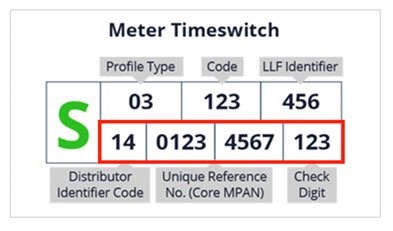
Profile Type This is used to give suppliers an idea of the typical electricity usage at your property
Displayed as ’03’ in the example above, the first two numbers after the S refer to your meter’s profile class.
different profile classes break down as follows:
Profile Class 01 – Domestic Unrestricted Customers.
Profile Class 02 – Domestic Economy 7 Customers.
Profile Class 03 – Non-Domestic Unrestricted Customers.
Profile Class 04 – Non-Domestic Economy 7 Customers.
Profile Class 05 – Non-Domestic Maximum Demand (MD) Customers with a Peak Load Factor (LF) of less than 20%.
Profile Class 06 – Non-Domestic Maximum Demand Customers with a Peak Load Factor between 20% and 30%.
Profile Class 07 – Non-Domestic Maximum Demand Customers with a Peak Load Factor between 30% and 40%.
Profile Class 08 – Non-Domestic Maximum Demand Customers with a Peak Load Factor over 40%.
Profile Class 00 – Peak load usage of electricity above 100 kW.
Meter Timeswitch Codes (MTCs) are three digit codes allowing Suppliers to identify the metering installed in Customers’ premises. They indicate whether the meter is single or multi rate, pre-payment or credit, or whether it is “related” to another meter.
LLF (Line Loss Factor) is a code that displays the expected costs the distribution company will charge the supplier for using the cables and network in your region. This Line Loss Factor code will also indicate to the electricity supplier the potential charges incurred, due to loss of energy incurred whilst getting the electricity supplier to your meter.
Distributor ID
The Distributor ID is used to identify the local Distribution Company for your energy supply. The Distribution company is responsible for the distribution system and electricity wires which transports the electricity to your meter.
10 – Eastern Electricity
11 – East Midlands Electricity
12 – London Electricity
13 – MANWEB
14 – Midlands Electricity
15 – Northern Electricity
16 – NORWEB
17 – Scottish Hydro-Electric
18 – Scottish Power
19 – Seeboard
20 – Southern Electricity
21 – SWALEC
22 – SWEB
23 – Yorkshire Electricity
Meter Point ID Number
This number is unique to your distribution area and is used to identify your specific meter(s).
Check Digit
This number provides a check digit calculated from the Distribution ID and meter point ID that other systems can use to validate the both numbers.
